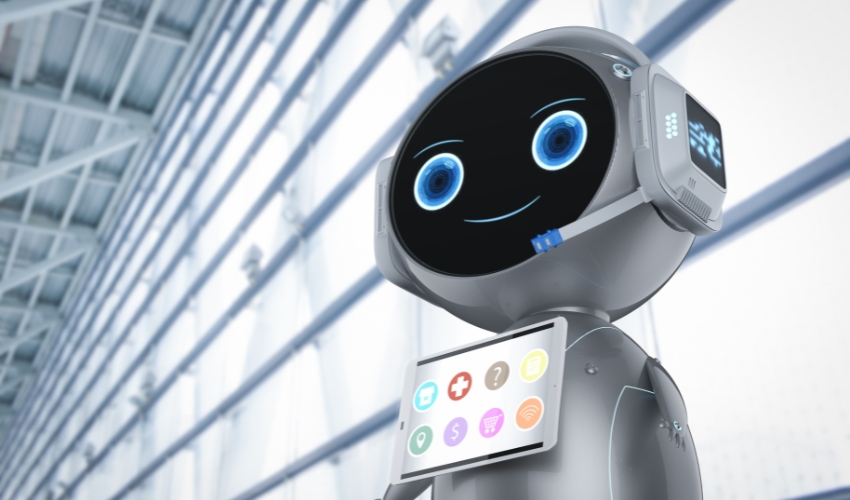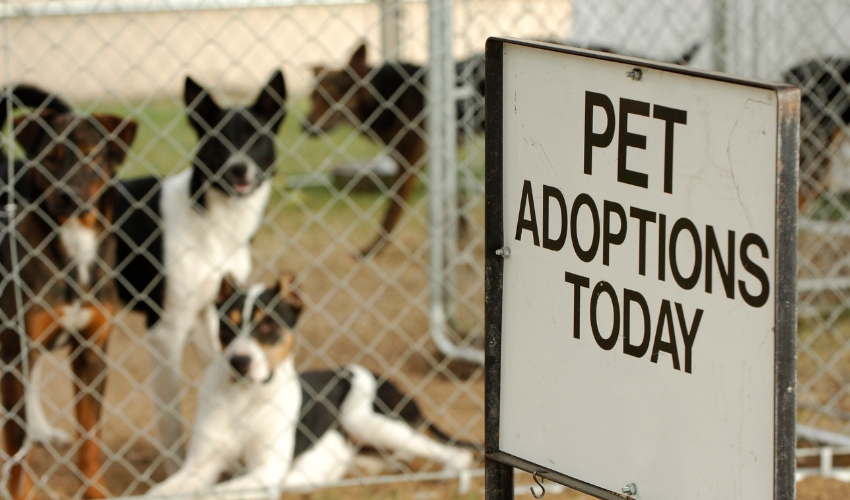Running an animal rescue or shelter means juggling a thousand tasks at once — from answering adoption inquiries to coordinating volunteer schedules. In this whirlwind, time is a resource you can’t afford to waste.
That’s where the Doobert Chatbot comes in. Designed specifically for animal welfare organizations, this AI-powered assistant takes on the repetitive, time-consuming work so your team can focus on what matters most: saving lives.
In this blog, we’ll explore five real-life ways shelters and rescues are using the Doobert Chatbot to streamline operations and boost efficiency.

1. Instantly Answering Adoption & Foster Inquiries
The Problem: Your inbox is full of messages like:
-
“How do I apply to adopt?”
-
“Can I meet this dog on Saturday?”
-
“Do you have any cats good with kids?”
Manually replying to each one means hours lost every week.
The Doobert Chatbot Solution: The chatbot provides instant, accurate answers to common questions — 24/7. It can share available animals, explain adoption processes, and even link directly to your application forms.
Real-Life Case: Purr Haven Rescue was overwhelmed with weekend inquiries. After adding the Doobert Chatbot to their site, 80% of those questions were resolved instantly, freeing staff to focus on meet-and-greets instead of email.
2. Streamlining Volunteer Coordination
The Problem: Coordinating volunteers is like herding cats (literally). Shifts change, last-minute cancellations happen, and people need constant updates.
The Doobert Chatbot Solution: Volunteers can message the chatbot to confirm shifts, request changes, or ask for event details. No more endless back-and-forth emails.
Real-Life Case: Wags & Walks Animal Shelter used to spend three hours a week rescheduling shifts. With the chatbot, volunteers now self-manage changes through automated responses, cutting coordination time in half.
3. Handling Emergency Inquiries Without Delay
The Problem: Emergency animal rescues don’t wait for office hours. You might get urgent reports about injured strays or found pets at 2 a.m.
The Doobert Chatbot Solution: The chatbot can be configured to prioritize emergency messages — providing instructions, logging reports, and even notifying on-call staff automatically.
Real-Life Case: Stray Paws Foundation configured their chatbot to immediately forward all “injured animal” reports to their emergency team’s group chat. This meant a kitten hit by a car was rescued within 20 minutes of the initial message.

4. Reducing Repetitive Administrative Work
The Problem: Your team spends hours each week retyping the same answers about fees, opening hours, vaccination requirements, and location directions.
The Doobert Chatbot Solution: These FAQs can be automated so the chatbot provides consistent, accurate responses every time. It even updates itself if you change your settings.
Real-Life Case: Happy Tails Shelter saw a 40% drop in repetitive email volume within the first month of using the chatbot. This allowed staff to redirect their time to fundraising and community outreach.
5. Making Your Organization Accessible 24/7
The Problem: Potential adopters or donors might visit your website outside of working hours — and if they don’t get answers right away, they may move on.
The Doobert Chatbot Solution: Whether it’s midnight or a Sunday morning, your chatbot is there to help. It works seamlessly on desktop and mobile, giving instant responses so no opportunity is lost.
Real-Life Case: Second Chance Rescue reported that half of their chatbot conversations happen outside office hours, and many lead directly to adoption applications or donations.
The Bottom Line
For busy animal rescue teams, the Doobert Chatbot isn’t just a convenience — it’s a lifesaver. It takes the weight off your team’s shoulders, improves community engagement, and ensures no inquiry goes unanswered.
Ready to save time and help more animals? Get started with the Doobert Chatbot today and see the difference for yourself.











